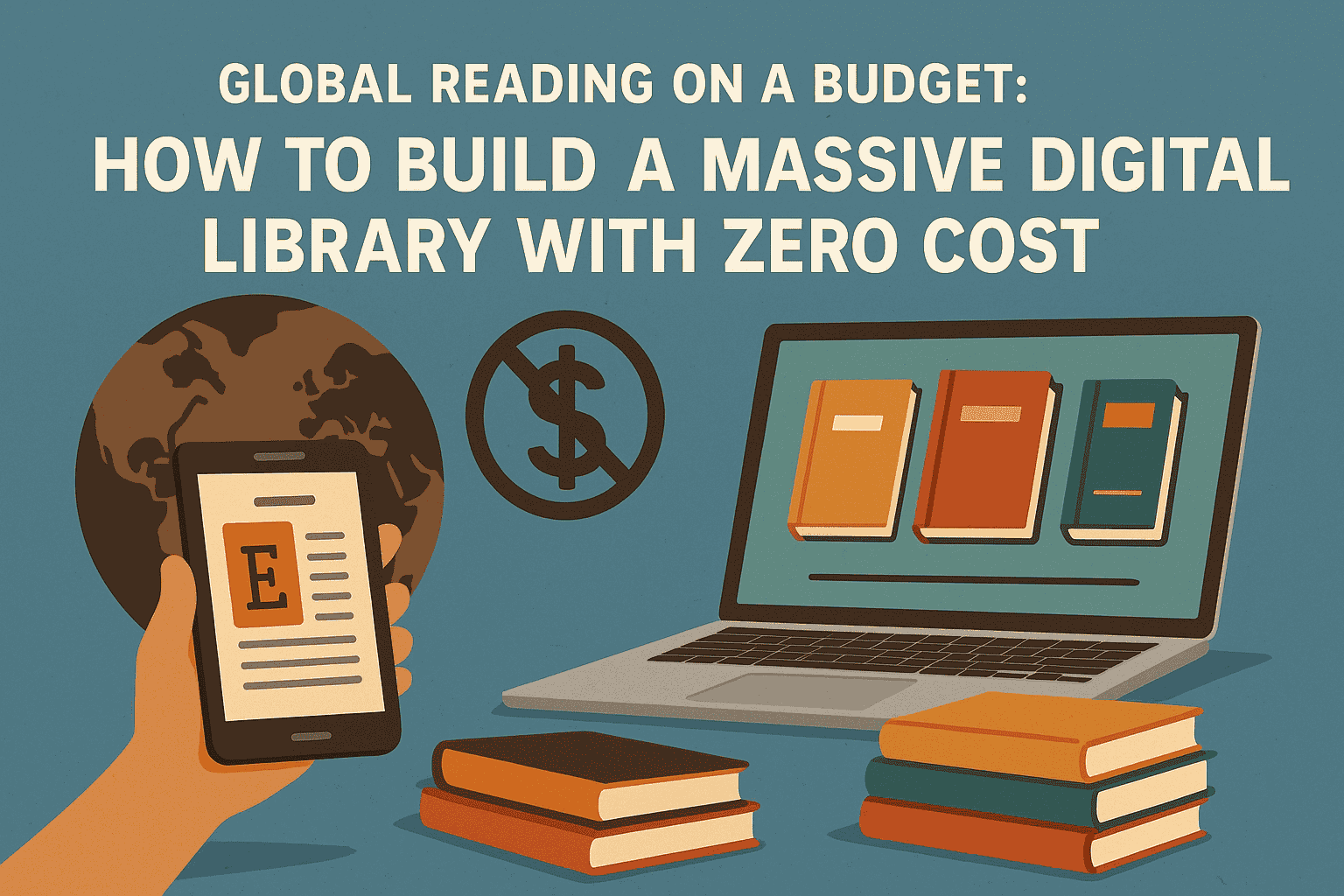Women at the Helm: Fictional Stories of Female Leadership in Business
In a world historically dominated by male leadership, both in reality and fiction, the rise of female leaders in business is a powerful narrative that continues to evolve. Literature has increasingly reflected this shift, crafting stories that celebrate the strength, resilience, and complexity of women at the helm of companies and organizations.
These fictional portrayals offer insight into the unique challenges and triumphs women face as they navigate leadership roles, often battling stereotypes, biases, and systemic obstacles.
This blog post explores novels that spotlight female leadership in business, revealing how literature not only mirrors real-world progress but also inspires readers through stories of ambition, courage, and transformation.
Breaking the Glass Ceiling: Portrayals of Female CEOs and Executives
Novels featuring women in top executive roles often delve into the journey of breaking through the “glass ceiling” — the invisible barriers that have historically limited women’s advancement in corporate hierarchies. These stories provide a nuanced look at the sacrifices and strategies involved in reaching leadership positions traditionally reserved for men.
In The Devil Wears Prada by Lauren Weisberger, Miranda Priestly stands out as one of the most iconic fictional female leaders. As the powerful editor-in-chief of a high-fashion magazine, Miranda embodies the complex image of a female boss — commanding, demanding, and unyielding, yet deeply influential. The novel explores how her authority shapes the workplace culture and challenges traditional gender expectations.
Similarly, Big Little Lies by Liane Moriarty, while primarily a domestic drama, features strong female characters who assert leadership in their personal and professional lives. These women navigate power dynamics both in the workplace and at home, illustrating the multifaceted nature of female leadership.
Navigating Challenges Unique to Women Leaders
Fiction often highlights the distinct obstacles female leaders face, including gender bias, balancing work and family, and the pressure to prove themselves in male-dominated environments. These themes resonate deeply with real-world experiences and underscore the resilience required to succeed.
In Lean In by Sheryl Sandberg (though nonfiction, its impact influences fiction as well), the discussion around women’s leadership has inspired many fictional accounts that explore similar themes. For instance, The Partner Track by Helen Wan follows a woman striving to become a partner at a prestigious law firm, confronting subtle sexism and the constant juggling act between career ambitions and personal life.
Another example is How to Get Filthy Rich in Rising Asia by Mohsin Hamid, which tells the story of a woman entrepreneur navigating the challenges of building a business in a patriarchal society. Her leadership journey reflects the global dimensions of female ambition and the cultural hurdles that many women face.
Leadership Styles: Redefining Power and Influence
Female leaders in fiction often redefine traditional notions of power and leadership. Instead of relying solely on authority and control, many portray empathy, collaboration, and emotional intelligence as key strengths.
In Circe by Madeline Miller, though set in mythological times, the protagonist’s leadership and influence emerge from resilience, wisdom, and compassion — qualities increasingly recognized as vital in modern business leadership.
Contemporary novels like The Nightingale by Kristin Hannah feature women who lead not just through positional power but through courage, moral conviction, and the ability to inspire others. These stories challenge the stereotype of the authoritarian leader and expand the definition of what it means to lead effectively.
Inspiring the Next Generation: Mentorship and Legacy
Mentorship and legacy are recurring themes in novels about female leaders. Stories often emphasize the importance of supporting other women, creating networks, and leaving a lasting impact beyond individual success.
In The Group by Mary McCarthy, female characters support one another’s ambitions and careers, highlighting the role of community in overcoming systemic barriers. Modern novels continue this tradition, showcasing how women leaders mentor younger generations and foster inclusive environments.
Final Thoughts
Fictional stories of female leadership in business serve as both mirrors and beacons — reflecting ongoing societal changes and inspiring future progress. These narratives underscore that women at the helm bring unique perspectives, strengths, and challenges to leadership roles.
By exploring the complexities of female leadership through literature, readers gain a richer understanding of the evolving corporate landscape and the vital contributions women make to it. Whether through tales of breaking barriers, redefining power, or nurturing legacy, these novels celebrate women’s leadership in all its diverse and transformative forms.






